
Grow More Fruit in Less Space with Fruit Cocktail Trees & Multi-Grafted Shrubs
Published: 27/10/2025 | Updated: 30/10/2025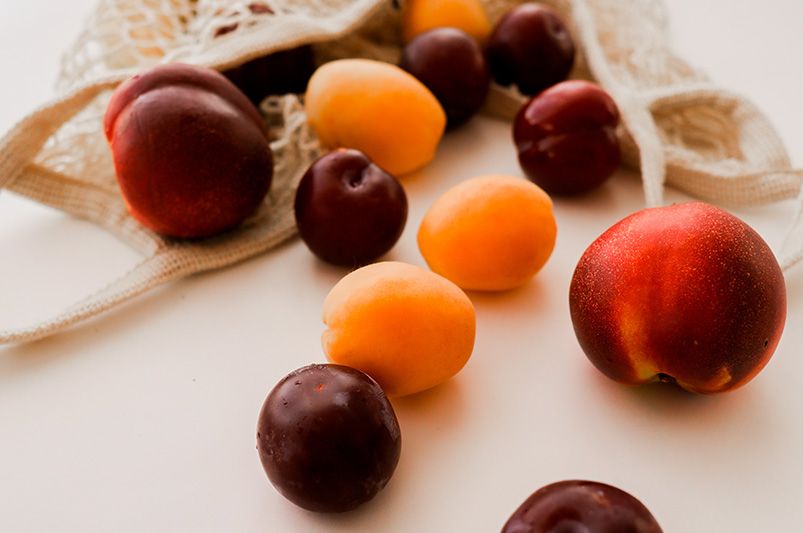
The Dream Garden That Fits Anywhere
Have you ever wanted a lush backyard filled with peaches, plums, apples, and pears—but only had room for a few planters? Thanks to fruit cocktail trees and multi-grafted shrubs, that dream is entirely possible.


These horticultural marvels produce multiple fruit varieties on one plant, saving space and multiplying your harvest. Whether you live in a cozy suburban home or a tight urban lot, these trees bring abundance to even the smallest spaces.
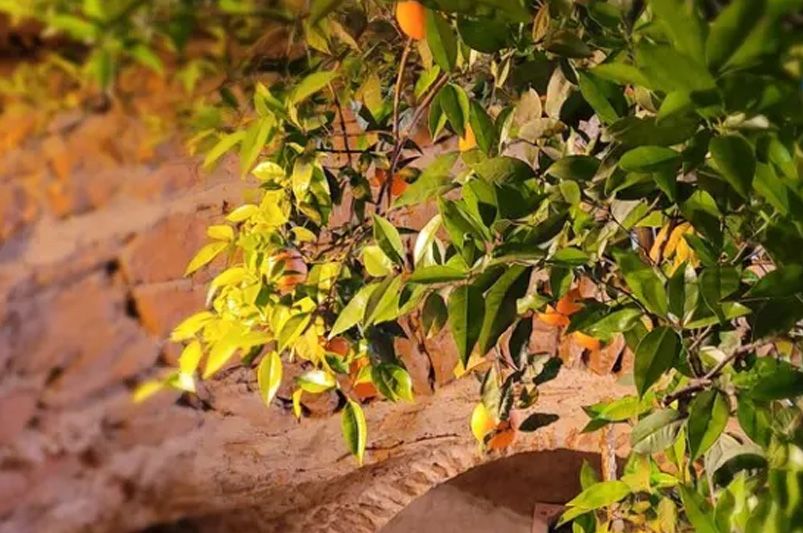
I once visited the Underground Gardens in Fresno, California—a maze of subterranean passageways and orchards growing beneath the earth. I remember thinking, “How can something thrive with so little room?” Years later, these multi-grafted trees remind me of that same ingenuity—creating abundance where space is scarce.
What Exactly Are Fruit Cocktail Trees?
Fruit cocktail trees (also called fruit salad trees) are a fascinating blend of art and science. They combine multiple fruit species from the same family—such as peaches, plums, nectarines, and apricots—onto a single trunk through a process called grafting.
Each grafted branch produces a different fruit, creating a miniature orchard that offers variety, efficiency, and visual beauty all in one. Imagine walking outside and picking an assortment of ripe fruits—each with unique colors, flavors, and ripening times—all from the same tree.
The Stone Fruit Symphony
A popular combination is the stone fruit cocktail tree, which may include peaches, plums, nectarines, and apricots. These trees thrive because all varieties share similar growing conditions and dormancy cycles. As each ripens at a slightly different time, your harvest stretches across weeks instead of days.
Understanding Multi-Grafted Trees
While fruit cocktail trees combine different fruit species, multi-grafted trees focus on different varieties of the same fruit—like a single apple tree bearing Gala, Fuji, and Honeycrisp apples together.
This approach is perfect for gardeners who love experimenting with flavor, texture, and harvest timing while keeping maintenance easy. Since the entire tree shares one root system, watering, pruning, and fertilizing remain consistent—simplifying care while diversifying results.
Why Grafting Works: The Science Behind the Magic
Grafting is the process of joining a branch (the scion) of one plant onto the rootstock of another so they grow as one. When done correctly, nutrients and signals pass seamlessly between the parts, allowing both to thrive.
Success depends on:
-
Compatibility: Grafts must come from related species (e.g., all stone fruits or all pome fruits).
-
Timing: Late winter or early spring is ideal before buds fully break.
-
Care: Regular inspection of graft unions ensures stability and prevents disease.
The result is not only a space-saving marvel—but a living example of plant collaboration.
Top Benefits of Multi-Grafted and Fruit Cocktail Trees
1. Space Efficiency
Perfect for patios, townhomes, or small backyards, these trees let you grow several fruits in the footprint of one.
Example: A mature cocktail tree typically occupies only about 4x4 feet of space.
2. Pollination Advantage
Since multiple compatible varieties grow on one tree, cross-pollination often happens naturally—meaning no second tree is needed for fruiting.
3. Extended Harvest Season
Different grafts ripen at different times, so instead of one short harvest, you enjoy weeks or months of fresh fruit.
4. Easier Maintenance
Because the grafted varieties share similar watering and pruning schedules, care is simple. One fertilization and pruning routine supports them all.
5. Aesthetic Appeal
The mix of blossoms and fruits creates a visual masterpiece—white apple blooms next to pink plum flowers, or a rainbow of ripening fruit on one tree.
Smart Gardening Tips for Small Spaces
Plan Your Layout
Before planting, note sun exposure, nearby structures, and airflow.
Choose a spot with at least 6–8 hours of sunlight per day.
Use Drip Irrigation
Install a drip system to save water and deliver steady moisture directly to the roots.
Set a Pruning Routine
Prune each graft carefully during dormancy to maintain shape and encourage airflow. This prevents disease and ensures balanced growth among the grafts.
Support Growth Evenly
If one graft begins to dominate, trim it lightly so other grafts can receive equal nutrients. Think of it as managing a cooperative team—every branch deserves a fair share.
Best Fruit Combinations to Try
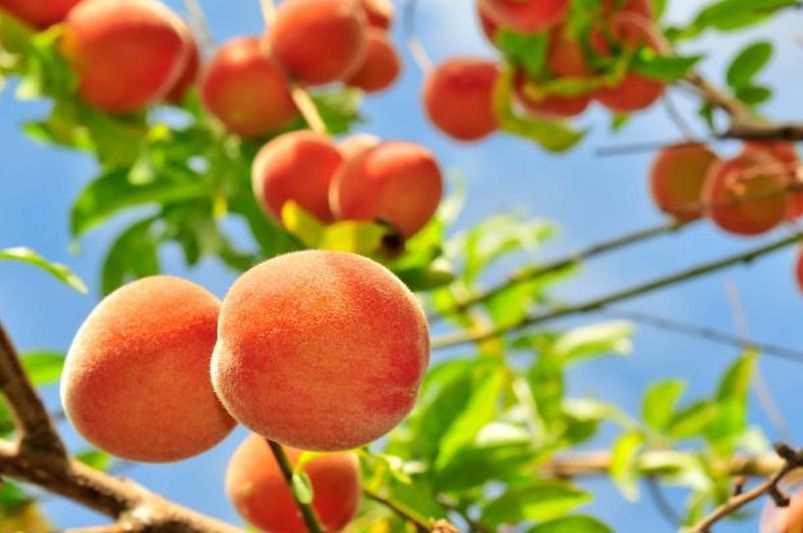
Stone Fruit Medley
-
Peaches
-
Plums
-
Nectarines
-
Apricots
These combinations not only share similar needs but also stagger their ripening, giving you an ongoing harvest.
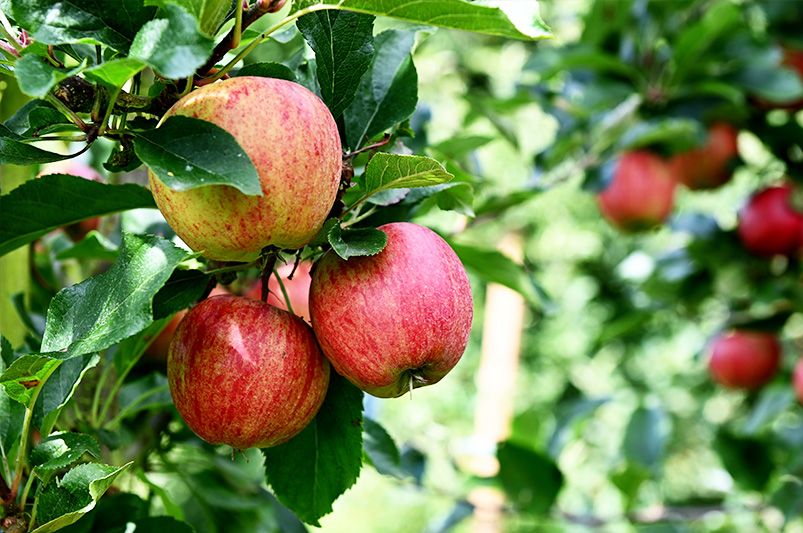
Apple & Pear Pairings
Mixing varieties like Gala, Fuji, and Honeycrisp apples or Bartlett and Anjou pears provides a flavor spectrum—from sweet to tart—in one tree.
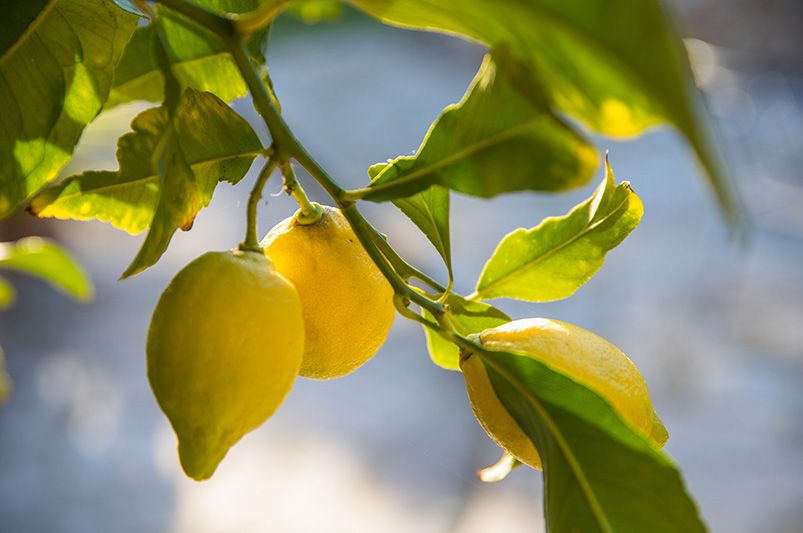
Citrus Blends (for warm regions)
For warm climates, try multi-grafted citrus trees with lemons, limes, and oranges. These thrive in containers and make patios smell heavenly.
Case Study: Real-World Success
One Missouri gardener grafted five apple varieties onto a single rootstock.
His results? Improved yield, reduced disease, and less space used overall.
The secret was simple—choosing disease-resistant, climate-compatible varieties and keeping pruning consistent.
Fertilization & Watering Made Simple
-
Water: Give trees about one inch of water per week during the growing season.
-
Fertilize: Use a balanced fertilizer once a year in early spring.
-
Avoid Overdoing It: Too much nitrogen creates lush leaves but fewer fruits.
-
Mulch Wisely: Add a 2–3 inch mulch layer around the base to retain moisture and control weeds.
Lessons from the Underground Gardens
The Forestiere Underground Gardens taught me something vital: even in limited spaces—or unconventional conditions—growth thrives with creativity. The same principle applies to your small backyard. With multi-grafted trees, you’re cultivating both fruit and innovation.
Conclusion: Your Personal Mini Orchard Awaits
Fruit cocktail trees and multi-grafted shrubs redefine what’s possible in home gardening. They’re not just space-savers—they’re conversation starters, productivity boosters, and beautiful focal points.
If you’ve ever thought your yard was too small for variety, think again. With thoughtful care, you can enjoy a colorful harvest season after season—without expanding an inch of ground.
Downloadable: “The Space-Saver’s Guide to Fruit Cocktail Trees”
Grow More in Less Space — Your Mini Orchard Awaits!
Download our free guide to learn how to select, plant, and maintain your own multi-grafted fruit tree. Discover simple pruning and watering routines that yield a diverse harvest all year long.
Download the Free Mini Orchard Guide from ShrubHub
Turn Your Backyard into a Growing Masterpiece
Whether you’re planting your first fruit tree or planning a complete landscape transformation, ShrubHub’s 3D Landscape Design Experts can help.
Get your personalized garden plan starting at just $49 — complete with planting guides and visuals that bring your dream space to life.
Start Your New Landscape Design Today →
FAQs
1. Are fruit cocktail trees suitable for all climates?
They thrive best in mild climates. Choose graft combinations that match your local hardiness zone for best results.
2. How long does it take for a multi-grafted tree to bear fruit?
Most trees begin producing fruit within 2–3 years after planting.
3. Can I plant these trees in containers?
Yes! Dwarf or semi-dwarf varieties grow beautifully in large pots with proper drainage.
4. Do I need special tools to graft my own tree?
A sharp grafting knife, grafting tape, and compatible scions are key. Many local nurseries offer grafting workshops for beginners.
5. How long do grafted trees live?
With proper care, they can live 20+ years, offering steady fruit production for decades.


